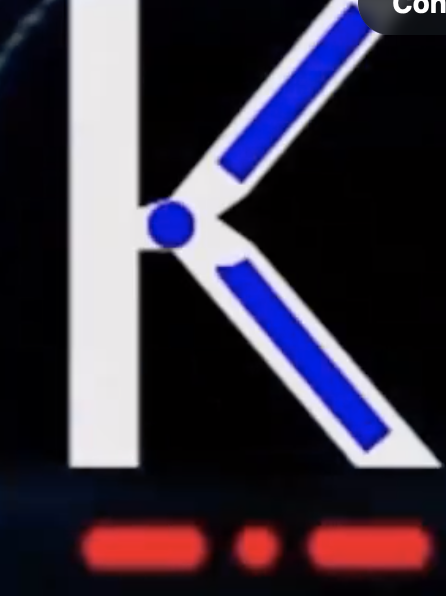Morse code is a communication system that uses sequences of short and long signals, known as “dots” and “dashes,” to represent letters, numerals, and punctuation. Here’s an elegant way to learn and remember the sequences if you like to learn things visually.
A visual guide to memorize the Morse codepic.twitter.com/enpsfYLo7J
— Massimo (@Rainmaker1973) February 11, 2025
Developed in the early 19th century by Samuel F.B. Morse and Alfred Vail, it was initially used for telegraphy but has since found applications in various fields, including radio communication, maritime signaling, and even emergency signaling. The beauty of Morse code lies in its simplicity and adaptability; it can be transmitted through light flashes, sound tones, or even physical taps, making it accessible in diverse environments where verbal communication might be impossible or impractical. Each character in Morse code is represented by a unique combination of dots and dashes, with a pause between each letter and a slightly longer pause between words.
Despite the advent of modern digital communication, Morse code remains relevant, especially in amateur radio where it’s used for its efficiency over long distances and its nostalgic appeal. (Although it’s no longer compulsory to learn it for your Amateur license. Thank goodness!)
Its enduring legacy showcases human ingenuity in creating universally understandable signals out of mere pulses.
